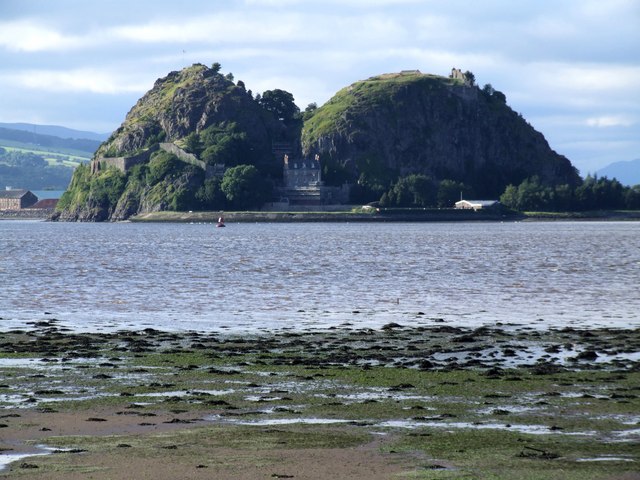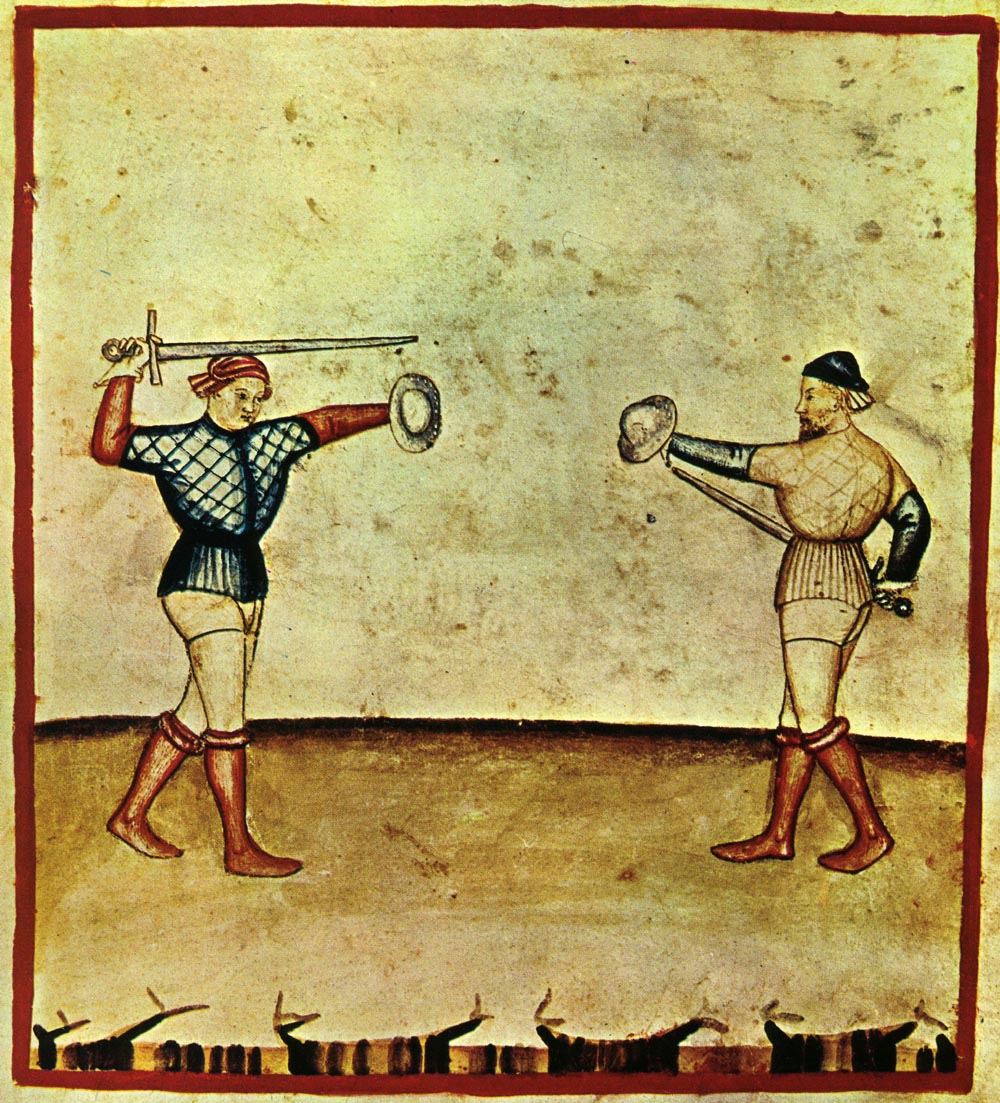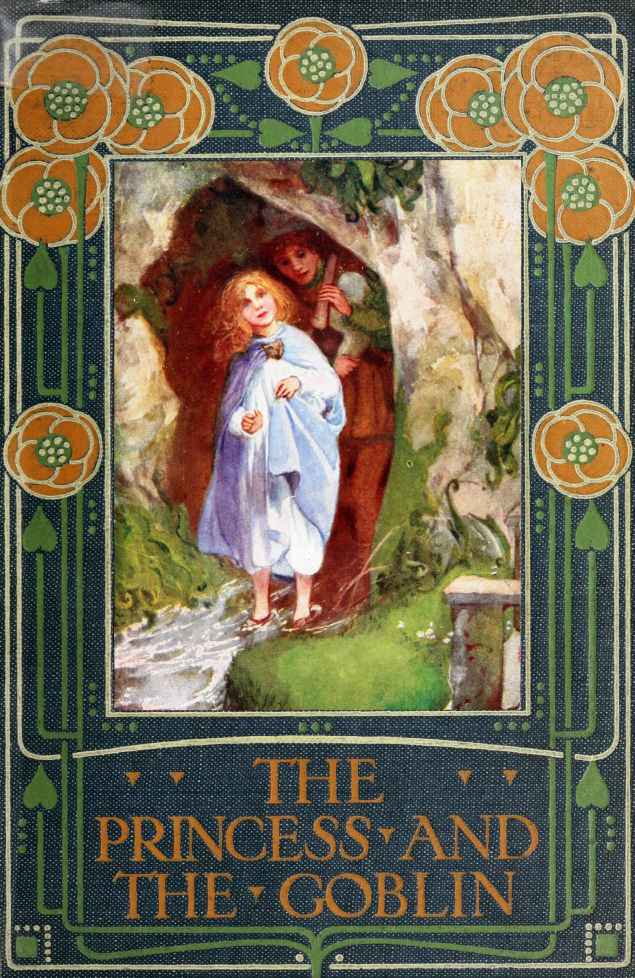|
Siege Of Inverness (1562)
The siege of Inverness Castle took place in 1562. When Mary, Queen of Scots, visited Inverness on 9 September 1562 the gates of the castle were shut in her face by Alexander Gordon upon the orders of George Gordon, 4th Earl of Huntly, who was chief of Clan Gordon and Sheriff of the county. The castle was subsequently besieged by supporters of the Queen. The siege lasted for three days and, when the castle fell, Alexander Gordon was hanged for treason. His head was displayed on the castle. Some key members of the garrison, which consisted of only 12 or 14 "able persons", were imprisoned, the others allowed to go free. The Queen slept at Inverness Castle on the nights of 11, 12, 13, and 14 September 1562, then moved on to Spynie Palace. She bought gunpowder and 15 tartan plaids for her lackeys and members of her household in Inverness. Alexander Mackenzie's later account of the siege includes the clans Mackenzie, Ross, Fraser, and Munro contributing to Queen Mary's rescue but o ... [...More Info...] [...Related Items...] OR: [Wikipedia] [Google] [Baidu] |
Scottish Clan
A Scottish clan (from Gaelic , literally 'children', more broadly 'kindred') is a kinship group among the Scottish people. Clans give a sense of shared identity and descent to members, and in modern times have an official structure recognised by the Court of the Lord Lyon, which regulates Scottish heraldry and coats of arms. Most clans have their own tartan patterns, usually dating from the 19th century, which members may incorporate into kilts or other clothing. The modern image of clans, each with their own tartan and specific land, was promulgated by the Scottish author Sir Walter Scott after influence by others. Historically, tartan designs were associated with Lowland and Highland districts whose weavers tended to produce cloth patterns favoured in those districts. By process of social evolution, it followed that the clans/families prominent in a particular district would wear the tartan of that district, and it was but a short step for that community to become ide ... [...More Info...] [...Related Items...] OR: [Wikipedia] [Google] [Baidu] |
Archibald Fullarton
Archibald Fullarton and Co. was a prominent publisher in Glasgow in the 1800s, and maintained a prodigious output of books, atlases and maps. History The company produced the last maps to boast decorative vignettes, often done by George Heriot Swanston, the Scottish cartographer and engraver. Fullarton was in partnership with John Blackie in Glasgow until 1831, when the stock, plant and agencies were equally shared out. “''Fullarton’s Parliamentary Gazetteer of England and Wales''”, was a set of finely engraved maps of the counties, recording the changes brought about by the Great Reform Bill, which was the basis of Britain’s modern parliamentary constituencies, and went through a large numbers of editions. Some maps were engraved by Robert Scott, who made use of vignette views to decorate the map border. Another monumental work by the firm was th“''Royal Illustrated Atlas''” James Bell (1769-1836) published his "''New and Comprehensive Gazetteer of England and Wale ... [...More Info...] [...Related Items...] OR: [Wikipedia] [Google] [Baidu] |
1562 In Scotland
Year 156 ( CLVI) was a leap year starting on Wednesday (link will display the full calendar) of the Julian calendar. At the time, it was known as the Year of the Consulship of Silvanus and Augurinus (or, less frequently, year 909 ''Ab urbe condita''). The denomination 156 for this year has been used since the early medieval period, when the Anno Domini calendar era became the prevalent method in Europe for naming years. Events By place America * The La Mojarra Stela 1 is produced in Mesoamerica Mesoamerica is a historical region and cultural area in southern North America and most of Central America. It extends from approximately central Mexico through Belize, Guatemala, El Salvador, Honduras, Nicaragua, and northern Costa Rica. W .... By topic Religion * The heresiarch Montanus first appears in Ardaban (Mysia). Births * Dong Zhao (minister), Dong Zhao, Chinese official and minister (d. 236) * Emperor Ling of Han, Ling of Han, Chinese emperor of the Ha ... [...More Info...] [...Related Items...] OR: [Wikipedia] [Google] [Baidu] |
History Of Inverness
Inverness (; from the gd, Inbhir Nis , meaning "Mouth of the River Ness"; sco, Innerness) is a city in the Scottish Highlands. It is the administrative centre for The Highland Council and is regarded as the capital of the Highlands. Historically it served as the county town of the county of Inverness-shire. Inverness lies near two important battle sites: the 11th-century battle of Blàr nam Fèinne against Norway which took place on the Aird, and the 18th century Battle of Culloden which took place on Culloden Moor. It is the northernmost city in the United Kingdom and lies within the Great Glen (Gleann Mòr) at its northeastern extremity where the River Ness enters the Beauly Firth. At the latest, a settlement was established by the 6th century with the first royal charter being granted by Dabíd mac Maíl Choluim ( King David I) in the 12th century. Inverness and Inverness-shire are closely linked to various influential clans, including Clan Mackintosh, Clan Fraser and Cla ... [...More Info...] [...Related Items...] OR: [Wikipedia] [Google] [Baidu] |
16th-century Scottish Clan Battles
The 16th century begins with the Julian year 1501 ( MDI) and ends with either the Julian or the Gregorian year 1600 ( MDC) (depending on the reckoning used; the Gregorian calendar introduced a lapse of 10 days in October 1582). The 16th century is regarded by historians as the century which saw the rise of Western civilization and the Islamic gunpowder empires. The Renaissance in Italy and Europe saw the emergence of important artists, authors and scientists, and led to the foundation of important subjects which include accounting and political science. Copernicus proposed the heliocentric universe, which was met with strong resistance, and Tycho Brahe refuted the theory of celestial spheres through observational measurement of the 1572 appearance of a Milky Way supernova. These events directly challenged the long-held notion of an immutable universe supported by Ptolemy and Aristotle, and led to major revolutions in astronomy and science. Galileo Galilei became a champion ... [...More Info...] [...Related Items...] OR: [Wikipedia] [Google] [Baidu] |
Marian Civil War
The Marian civil war in Scotland (1568–1573) was a period of conflict which followed the abdication of Mary, Queen of Scots, and her escape from Lochleven Castle in May 1568. Those who ruled in the name of her infant son James VI fought against the supporters of the Queen, who was exiled in England. Edinburgh Castle, which was garrisoned in her name, became the focus of the conflict and surrendered only after an English intervention in May 1573. The conflict in 1570 was called an "intestine war in the bowels of this commonwealth", and the period was called soon after an "intestine war driven by questions against authority." Queen's men and King's men The supporters of Queen Mary had popular international support for what was seen as the legitimate cause of supporters of an unjustly deposed monarch. The King's party claimed that their cause was a war of religion, like that in France, and that they were fighting for the Protestant cause. Mary had escaped from her imprisonment in ... [...More Info...] [...Related Items...] OR: [Wikipedia] [Google] [Baidu] |
Buckler
A buckler (French ''bouclier'' 'shield', from Old French ''bocle, boucle'' ' boss') is a small shield, up to 45 cm (up to 18 in) in diameter, gripped in the fist with a central handle behind the boss. While being used in Europe since antiquity, it became more common as a companion weapon in hand-to-hand combat during the Medieval and Renaissance periods. Its size made it poor protection against missile weapons (e.g., arrows) but useful in deflecting the blow of an opponent's weapons, binding his arms, hindering his movements, or punching him. MS I.33, considered the earliest extant armed-combat manual, (around 1300) contains an early description of a system of combat with buckler and sword. Typology According to the typology of Schmidt, there are three main types of buckler regarding their shape: *Type I: round *Type II: rectangular or trapezoid *Type III: oval or teardrop-shaped These types are combined with the cross sections: *Type a: flat *Type b: concave *T ... [...More Info...] [...Related Items...] OR: [Wikipedia] [Google] [Baidu] |
Helmet
A helmet is a form of protective gear worn to protect the head. More specifically, a helmet complements the skull in protecting the human brain. Ceremonial or symbolic helmets (e.g., a policeman's helmet in the United Kingdom) without protective function are sometimes worn. Soldiers wear combat helmets, often made from Kevlar or other lightweight synthetic fibers. The word ''helmet'' is derived from ''helm'', an Old English word for a protective head covering. Helmets are used for recreational activities and sports (e.g., jockeys in horse racing, American football, ice hockey, cricket, baseball, camogie, hurling and rock climbing); dangerous work activities such as construction, mining, riot police, military aviation, and in transportation (e.g. motorcycle helmets and bicycle helmets). Since the 1990s, most helmets are made from resin or plastic, which may be reinforced with fibers such as aramids. Designs Some British gamekeepers during the 18th and 19th centurie ... [...More Info...] [...Related Items...] OR: [Wikipedia] [Google] [Baidu] |
Jack Of Plate
A jack of plate is a type of armour made up of small iron plates sewn between layers of felt and canvas. They were commonly referred to simply as a "jack" (although this could also refer to any outer garment). This type of armour was used by common Medieval European soldiers as well as by the rebel peasants known as Jacquerie. The present day equivalent is perhaps a bullet-proof vest. The jack is similar to the brigandine. The main difference is in the method of construction: a brigandine is riveted whereas a jack is sewn. Jacks of plate were created by stitching as many as 1000 small overlapping squares of iron between two canvases. The garments weighed about , which made them much more acceptable to the wearer than solid breastplates. They also offered a tactical advantage: they allowed soldiers to rest the butts of weapons firmly against their shoulders, which wasn't feasible with smooth-surfaced plate armours. Unlike plate they made no attempt to be bulletproof. Jack ... [...More Info...] [...Related Items...] OR: [Wikipedia] [Google] [Baidu] |
Thomas Randolph (diplomat)
Thomas Randolph (1523–1590) was an English ambassador serving Elizabeth I of England. Most of his professional life he spent in Scotland at the courts of Mary, Queen of Scots, and her son James VI. While in Scotland, he was embroiled in marriage projects and several upheavals. In 1568-1569 he was sent on a special embassy to Russia, visiting the court of Ivan the Terrible. Randolph was also a Member of Parliament: for New Romney in 1558, Maidstone 1584, 1586 and 1589, Grantham 1559 and St Ives 1558 and 1572. Exile in France Thomas Randolph was born in 1523, the son of Avery Randolph of Badlesmere, Kent and Anne Gainsford (NOT the lady-in-waiting to Anne Boleyn). He entered Christ Church, Oxford at the time of its foundation, and graduated B.A. in October 1545, and B.C.L. in 1548. Shortly afterwards he became a public notary; and in 1549 he was made principal of Broadgates Hall (now Pembroke College), Oxford. He continued there until 1553, when the Protestant persecutions und ... [...More Info...] [...Related Items...] OR: [Wikipedia] [Google] [Baidu] |
Blackie And Son
Blackie & Son was a publishing house in Glasgow, Scotland, and London, England, from 1809 to 1991. History The firm was founded as a bookseller in 1809 by John Blackie (1782–1874) as a partnership with two others and was known as 'Blackie, Fullarton and Company'. It began printing in 1819, using the skill and equipment of Edward Khull. It moved to Glasgow around 1830 and had premises at 8 Clyde Street facing the River Clyde. Following the retirement of Fullarton the company was renamed 'Blackie and Son' in 1831, remaining in the Clyde Street property, and becoming a public limited company in 1890. Later on, the business moved its Glasgow office to 17 Stanhope Street, and also opened offices at 5 South College Street in Edinburgh and 16/18 William IV Street, Charing Cross, London. The company also opened offices in Canada and India. It ceased publishing in 1991. Blackie and Son initially published books sold by subscription, including religious texts and reference books ... [...More Info...] [...Related Items...] OR: [Wikipedia] [Google] [Baidu] |
Glasgow
Glasgow ( ; sco, Glesca or ; gd, Glaschu ) is the most populous city in Scotland and the fourth-most populous city in the United Kingdom, as well as being the 27th largest city by population in Europe. In 2020, it had an estimated population of 635,640. Straddling the border between historic Lanarkshire and Renfrewshire, the city now forms the Glasgow City Council area, one of the 32 council areas of Scotland, and is governed by Glasgow City Council. It is situated on the River Clyde in the country's West Central Lowlands. Glasgow has the largest economy in Scotland and the third-highest GDP per capita of any city in the UK. Glasgow's major cultural institutions – the Burrell Collection, Kelvingrove Art Gallery and Museum, the Royal Conservatoire of Scotland, the Royal Scottish National Orchestra, Scottish Ballet and Scottish Opera – enjoy international reputations. The city was the European Capital of Culture in 1990 and is notable for its architectur ... [...More Info...] [...Related Items...] OR: [Wikipedia] [Google] [Baidu] |









